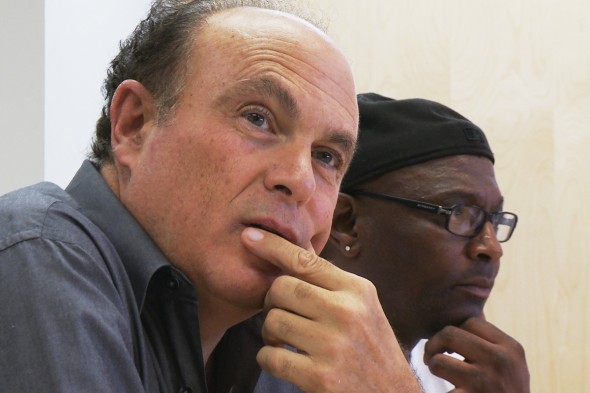Cure Violence method shows results in NYC
A new report from the research center of the New York court system says the Cure Violence approach to eradicating gunfire on the streets has reduced the average monthly shootings in the Crown Heights neighborhood of Brooklyn by 6 percent — at a time when shooting rates increased by up to 28 percent in surrounding neighborhoods.
The Brooklyn anti-violence project, Save Our Streets in Crown Heights, replicates the Cure Violence model (formerly known as Ceasefire Chicago), developed by Gary Slutkin, professor of epidemiology and international health in the School of Public Health.
The report, “Testing a Public Health Approach to Gun Violence,” from the Center for Court Innovation, estimates that gun violence in Crown Heights was 20 percent lower than it would have been without Save Our Streets, from the program’s start in January 2010 through May 2012.
Cure Violence takes a public-health approach to reducing violence by treating it like an infectious disease and working to reverse the epidemic.
The model has three main strategies: detect and interrupt potentially violent events, identify individuals involved in transmission, and change the social norms of the communities in which violence occurs. It relies on collaboration among community leaders, clergy, private citizens and law enforcement.
Key to the approach are “violence interrupters” — community members who are known on the streets. They work to identify individuals at the highest risk for violence, interrupt the violent encounter, and direct the disputants to a range of services including employment, job training and education.
The Cure Violence approach is used in more than a dozen U.S. cities and a growing number of countries.
smcginn@uic.edu

